Significance
The Qianggu, or Ghost Grappling Competition, in Hengchun is an age-old tradition which began in the Qing dynasty centuries ago, and the event holds deep religious and cultural meaning for the local residents. The rituals prior to the competition are conducted to drive away wandering ghosts, while the competition itself reflects the difficult life that people led long ago. In the past, the Qianggu competition was a violent affair where people scrambled to get a portion of food from the top of the offering tower. Today, it has evolved into a friendly sports competition for people to enjoy. As the most symbolic religious folk custom in the Hengchun peninsula, the Qianggu competition is a great demonstration of the area’s lively local culture. Participation in the competition also strengthens community social bonds.
History
The Qianggu competition was originally a special ritual to drive away ghosts. It is held annually at Hengchun Township of Pingtung County during the seventh lunar month, which is known as Ghost Month. During this month, the barrier between the realms of the living and the dead opens and ghosts return to wander the earth. The ritualoriginates from Fujian Province in China during the Qing dynasty. In the beginning, the ritual was mainly an offering of food to the ghosts to encourage them to return to the realm of the dead. Afterwards, the food offerings were given to the poor. However, this resulted in a violent activity as people scrambled to get the most food, with many people getting hurt in the process. In 1869, local citizens decided to build a bamboo tower for people to compete in a tower-climbing race. Those who reached the top first and grabbed the flag would win the food offerings. However, since the towers were built using four bamboo sticks approximately twleve meters high and covered in oil to increase slipperiness, the competition continued to result in accidents and injuries. Qing dynasty Governor of Taiwan, Liu Ming-chuan (1826 – 1896), banned the competition. Later, when Taiwan fell under Japanese rule, large gatherings were forbidden so the competition was only held intermittently. In 1981, the competition was officially reorganized as a Hengchun folk event. Today, raffle tickets are thrown out to the crowd to replace the fight for food,while the old tower-climbing clash has been turned into a friendly sports competition. In 2007, the original four-pole tower designwas expanded to become a thirty-six -pole tower. In 2008, Pingtung County registered the Qianggu competition as an officially recgonized municipal folk custom. In 2011, the tower became twenty-three meters high to increase the difficulty of the climb. The competition has even become an international event as manyteams come from around the world to participate as well.
Special Features

1Event Schedule The 15th day of the seventh lunar month is known as the Ghost Festival, where food offerings are given to ghosts to help them return to the realm of the dead. The qianggu competition in Hengchun is held annually at the end of Ghost Month. All the events are held inside a single day in the following order:
The 15th day of the seventh lunar month is known as the Ghost Festival, where food offerings are given to ghosts to help them return to the realm of the dead. The qianggu competition in Hengchun is held annually at the end of Ghost Month. All the events are held inside a single day in the following order:
1. The Passage (pǔdù) Ceremony: The Passage Ceremony to guide wondering ghosts back to the realm of the dead is held at 4:00 p.m. After this ceremony, Taoist priests ask the Pudu deity to advise on the time for the Qianggu competition.
2. The Raffle Ticket Grab: At 8:00 p.m., tickets are thrown out to the crowd for participants of all ages to rush in and grab.
3. The Tower-Climbing Competition: At 10:00 p.m., teams line up to wait for the gong that starts the competition. The team to get to the top of thebamboo tower first wins the race. The tower is made of thirty-six poles, each with a height of twenty-three meters.
2The Raffle Ticket GrabThe first part of the Qianggu competition starts at 8:00 p.m. The rules are simple; participants must pick up the raffle tickets thrown out to the crowd within a designated timeframe. The tickets can then be used to exchange for a food offering. In the past, actual food offerings were used in the event but in all the fierce competition, the food was often damaged. Today, each offering item is written on a piece of paper, pasted onto a piece of candy, and thrown out for the crowd to grab. Each year, a massive crowd rushes in to fight for the food offerings. It is a raucous and exciting event to kick off the night.
3The Offering TowerAs of 2011, the offering tower has changed to thirty six wooden poles, each twenty-three meters tall. The poles are of a slightly conical shape, with the tops and bottoms measuring approximately thirty to forty centimeters and fifty centimeters in diameter respectively. Although the poles are partially in the ground to form the tower, competitors still have over ten meters to climb. The wood is also covered in oil to increase the difficulty. A safety net is secured at the bottom and the ground is covered in sand to protect those that fall. On top of the tower is a thirty by thirty square meters altar. The altar is made of iron with a five-meter-tall wall around the altar to represent the old city walls of Hengchun. Offerings and winning flags are placed on top of the altar for competitors to capture.
4The Tower-Climbing Race
 Out of the thirty-six poles, four poles (one in each direction) are left unused for ghosts to climb. The remaining thirty-two are each given to a competing team. Competitors must be male, and over the age of eighteen. Each team has around twelve members, who must stand on top of each other to slowly make their way up the tower. They can also use ropes to remove the oil on the poles. Once they reach the top of the tower, they must climb over the “city wall” and seize the winning flag to gain victory. The competition also makes for an exciting spectators’ event as well.
Out of the thirty-six poles, four poles (one in each direction) are left unused for ghosts to climb. The remaining thirty-two are each given to a competing team. Competitors must be male, and over the age of eighteen. Each team has around twelve members, who must stand on top of each other to slowly make their way up the tower. They can also use ropes to remove the oil on the poles. Once they reach the top of the tower, they must climb over the “city wall” and seize the winning flag to gain victory. The competition also makes for an exciting spectators’ event as well.
Reminders
The Qianggu competition is held at the end of the Ghost Festival each year on the 15th day of the seventh lunar month. Teams must register in advance to participate in the tower-climbing competition. Registration is not required for the raffle ticket grab. Since both events are mildly dangerous, participants are advised to be aware of their own safety to avoid falling or slipping.
Panoramic
Directions